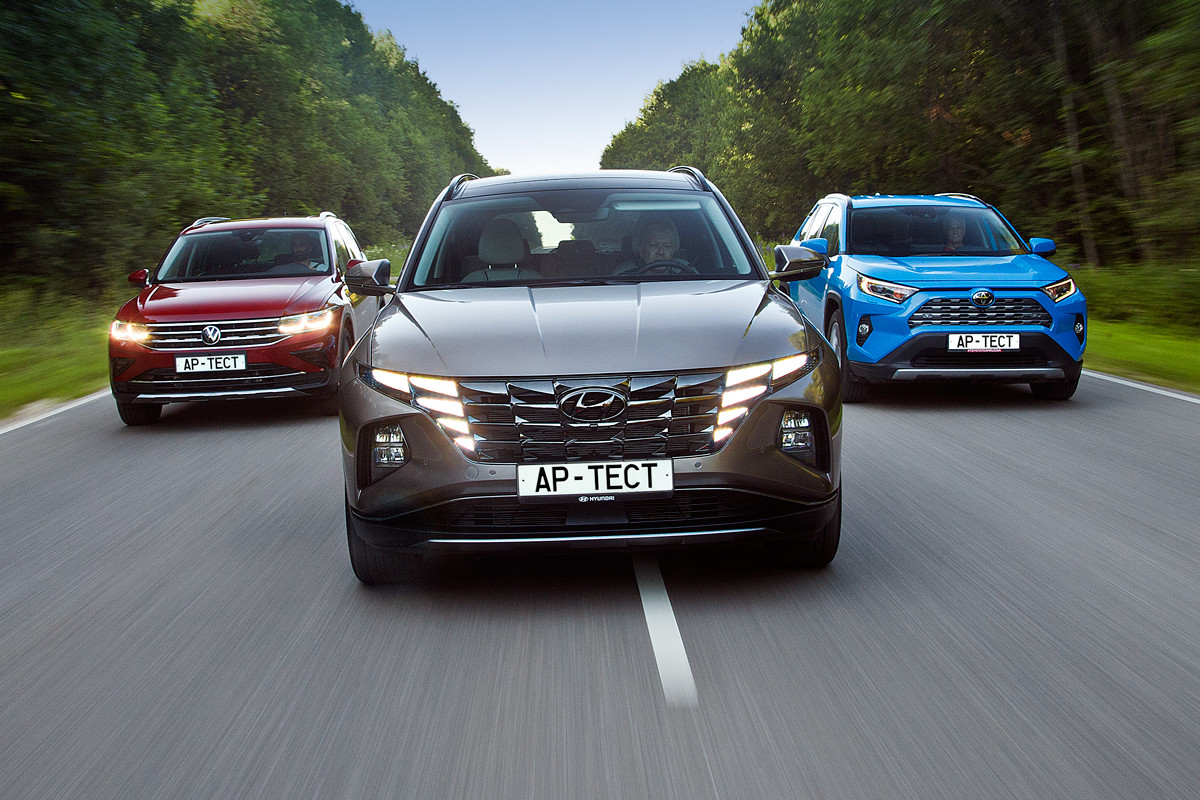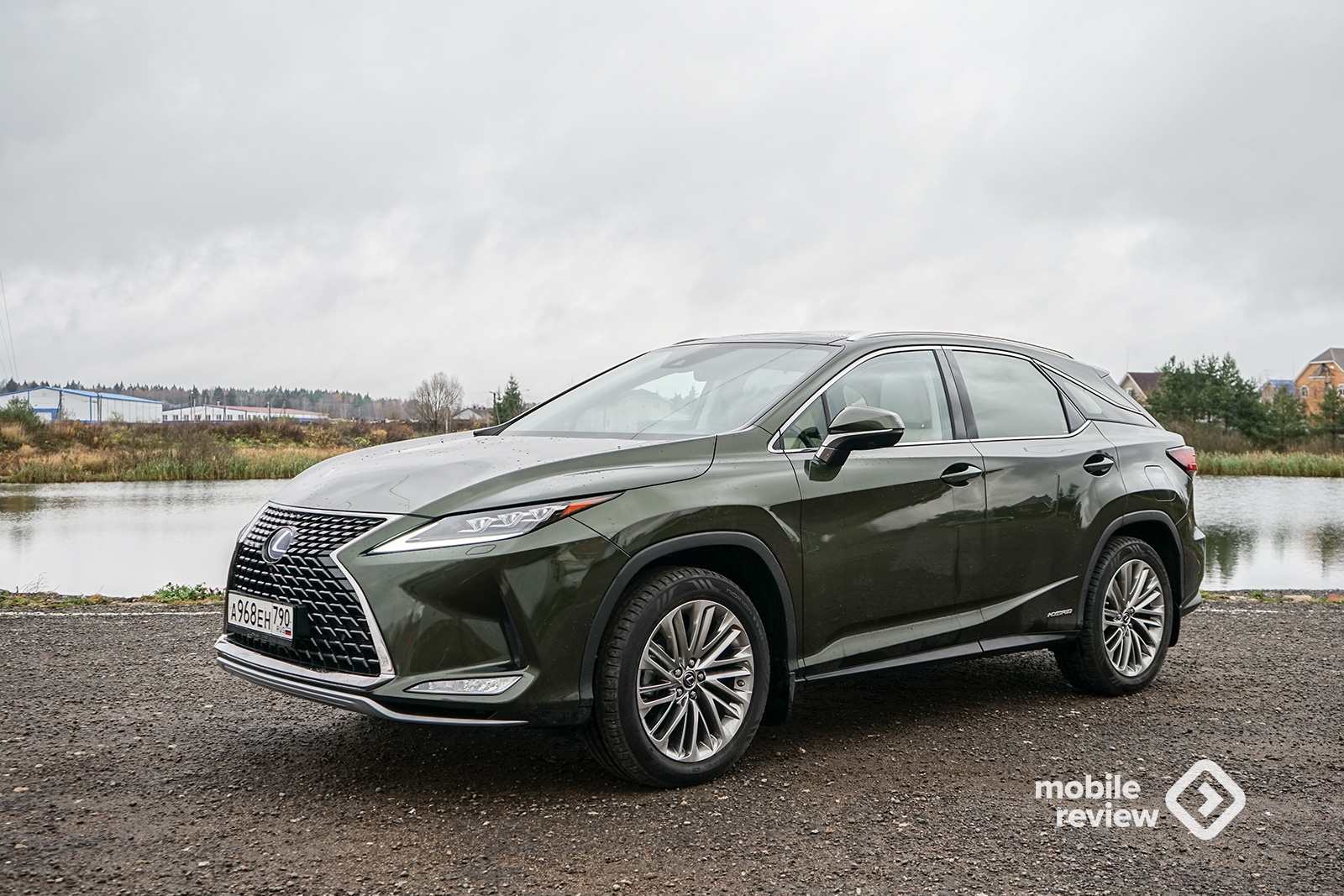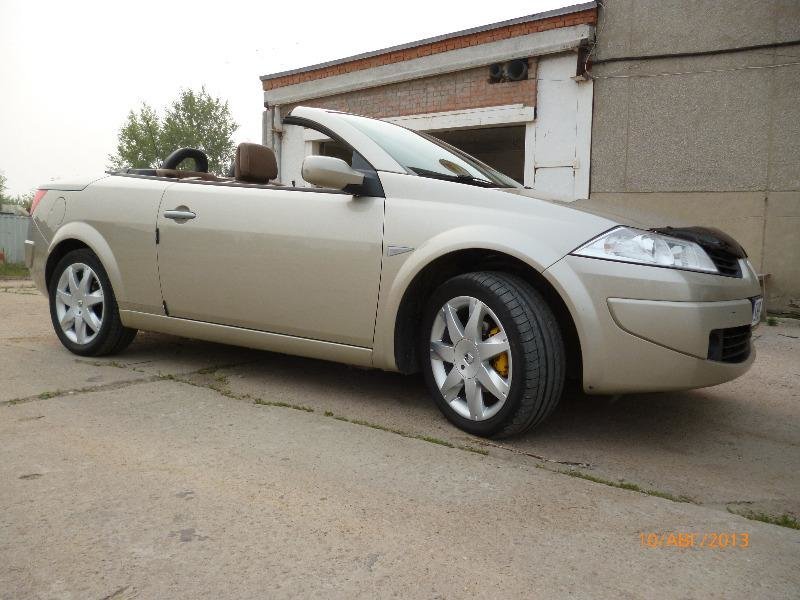
Hyundai Tucson - a breath of fresh air
Well-engineered, aesthetically pleasing, pleasing to the eye - the positive aspects of the Tucson's design can be multiplied many times over. What about disadvantages? Whether there is a?
What is happening now at Hyundai factories can be called a revolution. In my opinion, the Tucson is one of the biggest (and best) transformations in recent years, comparable to what Mazda did with the new Sixes. Looking at the ix35 (produced since 2009) and the Korean third-generation SUV, located side by side, it is not difficult to notice the passage of time. And, importantly, the manufacturer knows how to use it perfectly.
Good design is no accident
The mystery of the great appearance of the new Tucson is solved as soon as we know the name of the designer. Peter Schreyer is responsible for the line with a vehicle weight of less than 1,5 tons. concept of the Audi TT, as well as the chief designer of Kia Motors, who from next year will share his talent with brands such as Bentley and Lamborghini.
Schreyer's drawing board produced a car measuring 4475 x 1850 mm long, 1645 x 2670 mm wide and 5 mm high with a wheelbase of 589 mm. So you can see that yes, the Tucson's styling will beat out most of the competition, while in terms of size it's in the middle of the pack. It's slightly shorter than the CR-V, Mazda CX or Ford Kuga, but at the same time wider than each of them. Trunk capacity is definitely an advantage, where the test hero loses only to Honda (vs. liters). A small digression - the automatic trunk opening mechanism works quite specifically. If you stand by the car for three seconds (with the proximity key in your pocket), the sunroof will rise on its own. However, during our tests it happened that the key was not recognized when it was, for example, in the back pocket of the trousers. Personally, I also needed a few more compartments or hooks. The accessories catalog partially replaces this need - we can find a reversible mat, liner, shopping net or rolled up bumper cover.
Apart from these issues, you can clearly see that the designers not only focused on visual appeal, but also took care of practical issues. Hyundai boasts better aerodynamics thanks to an "improved drag coefficient", a wider track and a lowered A-pillar line, and indeed, driving at higher speeds does not make the driver fear for his own life. We may not experience the stability known from Subaru, but there's nothing to complain about in my opinion.
Hyundai talks about safety
This is a moment about what is not visible at first glance. Hyundai takes care of the new SUV's occupants by making the interior of AHSS steel as well as active safety systems such as AEB (Emergency Braking System), LDWS (Lane Departure Warning), BSD (Blind Spot Control) and ATCC (Traction Control). turns). Of course, it all depends on the option you choose - we were lucky enough to test the fully equipped version. For label lovers, we can add information about the availability of VSM, DBC or HAC systems. We also have six airbags, a tire pressure monitoring system and active headrests.
Few will complain about the lack of convenience or functionality.
From the electronically adjustable seats (including the lumbar section), through their heating and ventilation, to the pretty good lateral grip, I can say that the Tucson seats are unequivocally comfortable. Having traveled twice on the Warsaw-Krakow route, I could not complain about anything. If I was driving with passengers in the back seat, they would be delighted too - the Tucson is one of the few cars in this segment that boasts a heated second row of seats. In addition, excellent relaxation contributes to travel comfort.
However, it couldn't be too pretty. Hyundai, for reasons completely incomprehensible to me, only the driver's window was equipped with a two-stage switch, allowing it to open or close automatically. We will not open other windows this way - I experienced the same in Kadjar, whose test we will publish soon. The second thing I have to point out among the shortcomings is the location of the "DRIVE MODE" button. Transferring the power unit to sport mode requires fumbling for a button in the dark; I would definitely prefer to either implement the switch in the box, or insert the button in a more accessible place - so that the driver does not have to take his eyes off the road and make sure he does not activate another function (the absence of the six others located there).
If you get past the above, you'll find that the Tucson's interior has a lot more flavor, and positives, too. First, a comfortable eight-button heated steering wheel with four levers. Everything is clearly described, easily accessible - getting used to should not be a problem. Likewise with an 8-inch multimedia system compatible with TomTom Live navigation with a seven-year free subscription. We may not see the most beautiful user interface here, but readability is at a high level. All buttons, including tactile ones, are in place. Hyundai, like Kia, continues to appeal to the European buyer - instead of risking experimentation, the emphasis has been on classic aesthetics and 12% functionality. Details such as the frosted finish on the glass that covers the air conditioner temperature indicators show how carefully the designers approached the following elements of the cabin. There is even room for two (third in the trunk) sockets 180V (W), one AUX and one USB each.
Let's go!
Hyundai gave us a Tucson with a 177 hp 1.6 T-GDI engine. (with turbocharging and direct injection), providing full torque (265 Nm) from about 1500 to about 4500 rpm. There are no records for flexibility here, but the device handles the entire car very well. Importantly, thanks to solid sound insulation, even at high speeds, the car does not irritate with excessive noise.
The undoubted advantage of the third generation of the Korean SUV is also a seven-speed dual-clutch automatic transmission. Gear ratios shift when we expect it to, and as users, we won't even feel the shift. Power is transferred to both axles culturally and smoothly. Of the possible ergonomic defects, one can mention the lack of shifters on the steering wheel - but is this really necessary in the target group set by Hyundai?
Speaking of the steering wheel, the help here is really big, so fans of driving with one hand (which we never recommend for safety reasons) will be in heaven. Only changing the mode to sport will cause more noticeable resistance, which corresponds to the increasing driving dynamics.
The suspension on the Tucson is quite springy. Until retirement, our backbone will be grateful to McPherson for the ability to swallow potholes and potholes, with coil springs in front and multi-link rear suspension. We won't complain in corners as long as we don't have a racing streak. Yes, the Hyundai doesn't lean too much, but it's definitely a car designed for amateur driving. All-wheel drive helps in all this, where in undemanding conditions all the torque is sent to the front. Only after a slip is detected, the second axle is activated electronically (up to 40% of the torque). If we stick to the manually activated 50/50 division, we need the button next to "DRIVE MODE". For off-road enthusiasts, let me remind you that the Tucson offers a ground clearance of 175 mm.
Economic? Only when driving very smoothly
Tucson will burn up to 12-13 liters if the driver decides to put the car into sport mode and fool around on the track (I note that without exceeding the speed limit). A smooth ride in our express cars should not take more than 9,7 liters from the tank per hundred kilometers with the air conditioning on. If you turn off the air supply, the combustion volume drops even to 8,5 liters.
In the city, while maintaining a speed of 50-60 per hour and pressing the gas pedal, the appetite for gas will approach 6-7 liters. However, it is enough to slightly increase the driving dynamics to get an average of about 8-10 liters.
And how much such pleasure?
The Tucson Classic version with 1.6 GDI engine, 6-speed manual transmission and single-axle drive is available for PLN 83. Upgrading equipment to the Style version will reduce our portfolio by 990 zlotys.
According to the official price list, automatic versions start at PLN 122. We get here not only a turbocharged engine (described in the test), but also 990WD and the default Comfort trim option (similar to the Style and Premium options, where the latter will cost less than 4).
For a diesel engine in the basic version of the Classic, you will have to pay 10 thousand. PLN (compared to petrol engine), i.e. PLN 93. For that amount, we get a 990 CRDI unit (1.7 hp) with a 115-speed manual transmission. The automatic transmission will be available in the 6 CRDI 2.0WD 4 KM variant at a minimum price of PLN 185.

